A new report titled, Children’s exposure to ultraviolet radiation – a risk profile for future skin cancers in Ireland, which was published on June 17th 2020, presents findings on children’s exposure to ultraviolet (UV) radiation from the sun and sunbeds, UV skin protection behaviours, and sunburn.
High-risk groups: children and young people
The report was developed by the Institute of Public Health (IPH) in partnership with the National University of Ireland Galway for the National Cancer Control Programme, to inform implementation of the National Skin Cancer Prevention Plan 2019-2022.
Skin cancer is the most common cancer in Ireland, and rates are projected to more than double by 2045. While prevention initiatives are population-wide, children and young people have been identified as one of the high-risk groups prioritised in the National Skin Cancer Prevention Plan.
Compared with adults, children’s skin is much more vulnerable to the damaging effects of ultraviolet (UV) radiation from the sun. Repeated episodes of severe sunburn during childhood doubles the risk of developing the most serious form of skin cancer, melanoma, later in life.
Data collection
Data collected to inform report was carried out by report partners HBSC (Health behaviour in school children) in Ireland. The 2018 HBSC Survey utilised, self-administered questionnaires to collect data from Irish school-aged children, aged 10-17 years. Data collection took place between April – December 2018 in 254 schools and included a total of 10,271 respondents.
For more information on Everyone Under the Sun
Some key findings quoted in the report include:
- Nearly 90% of 10 to 17-year-olds said they have experienced sunburn in their lifetime. Around 74% said they experienced sunburn at least once during the past year.
- Eight out of 10 schoolchildren reported wearing sunscreen, while seven out on 10 reported using sunglasses on sunny days.
- 32% of schoolchildren reported that they avoided peak UV hours of the day.
- Around 50% said they wore protective clothing to cover arms and legs when in the sun while 17% reported never using sunscreen.
- Girls were more likely to wear sunscreen, sunglasses, clothes that cover arms and legs as well as avoid peak UV hours. Boys were more likely to wear hats.
- 3% of children said they used a sunbed in the last 12 months.
- Six of the 10 warmest years in Ireland’s history have occurred during the childhoods of the current cohort of 18 to 20-year olds. Since 2006, for the period May to September, around two thirds of days recorded a UV index of 3 or more. During school summer holidays, June to August, around three quarters of days recorded a UV index* of 3 or more.
- Climate research predicts hotter summers and more heatwaves. This may present elevating risk for UV skin damage, particularly in terms of childhood exposures during the summer school holidays.
For more information on Protecting your family in the sun
Evidence of success in changing children’s UV exposure – Australia
For over 30 years, Australia has implemented one of the most sustained public awareness campaigns for skin cancer prevention. These measures have included the following elements: SunSmart primary school programme, local governments developing shade structures, government funded TV campaigns delivering strong public health messages about UV radiation, the provision of UV forecasts in weather reports, legislative support around tax-free sunscreen and tax-deductible status for sun protection items (hats, glasses) for outdoor workers, and commercial sunbeds were banned outright in 2015.
The National Skin Cancer Prevention Plan 2019-2022
The aim of the plan is to “develop and implement evidence-based strategies which will increase awareness and adoption of skin cancer prevention behaviours”. The data contained in this report will help to inform implementation of the National Skin Cancer Prevention Plan 2019 – 2022 especially in priority populations such as children. Preventing overexposure to UV radiation and sunburn in childhood reduces the risk of sun damage, and skin cancer in later life.
*The UV index is a scale that measures the UV radiation level at the surface of the Earth, and gives an indication of the potential for skin damage. It is calculated in a way that indicates the risk of developing sunburn, which is mainly caused by UVB. The UV index ranges from zero upwards – the higher the number, the greater the risk. When the UV index is 3 (moderate) or above, sun protection is required.

Reference
McAvoy, H, Rodriguez, L, Költő, A and NicGabhainn, S. (2020) Children’s exposures to ultraviolet radiation – a risk profile for future skin cancers in Ireland. Institute of Public Health in Ireland.
- Related: Protect your child against sun damage!
- Related: Protect your family while out in the sunshine!
- Related: Is it true? Will sunlight really help my skin condition?
We want everyone in Ireland to learn to Protect & Inspect their skin! Read our short guide, written with hospital-based dermatologists, to checking your skin.
Click for more about Protect & Inspect!













